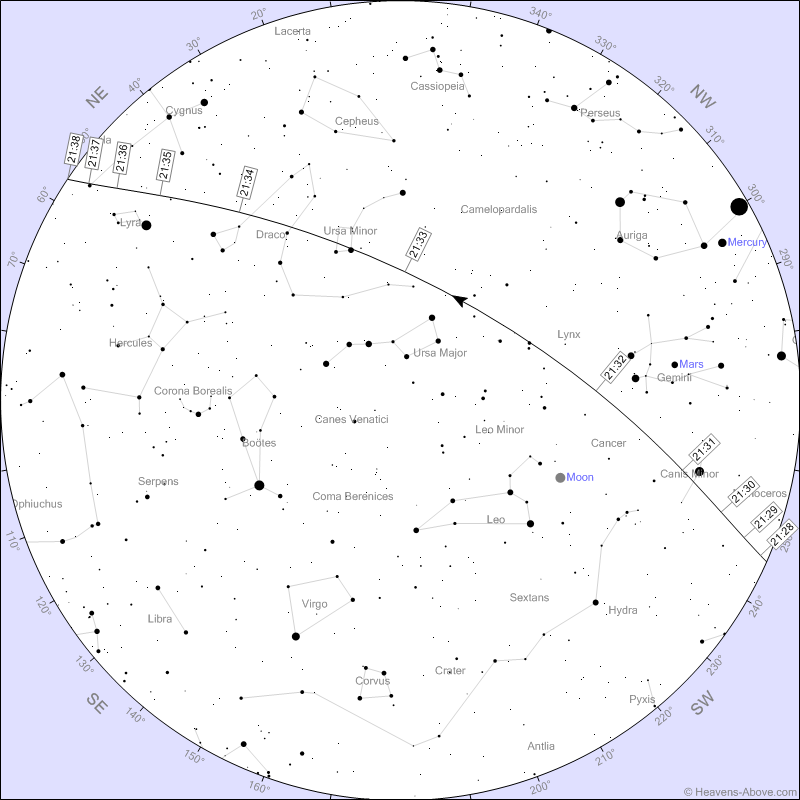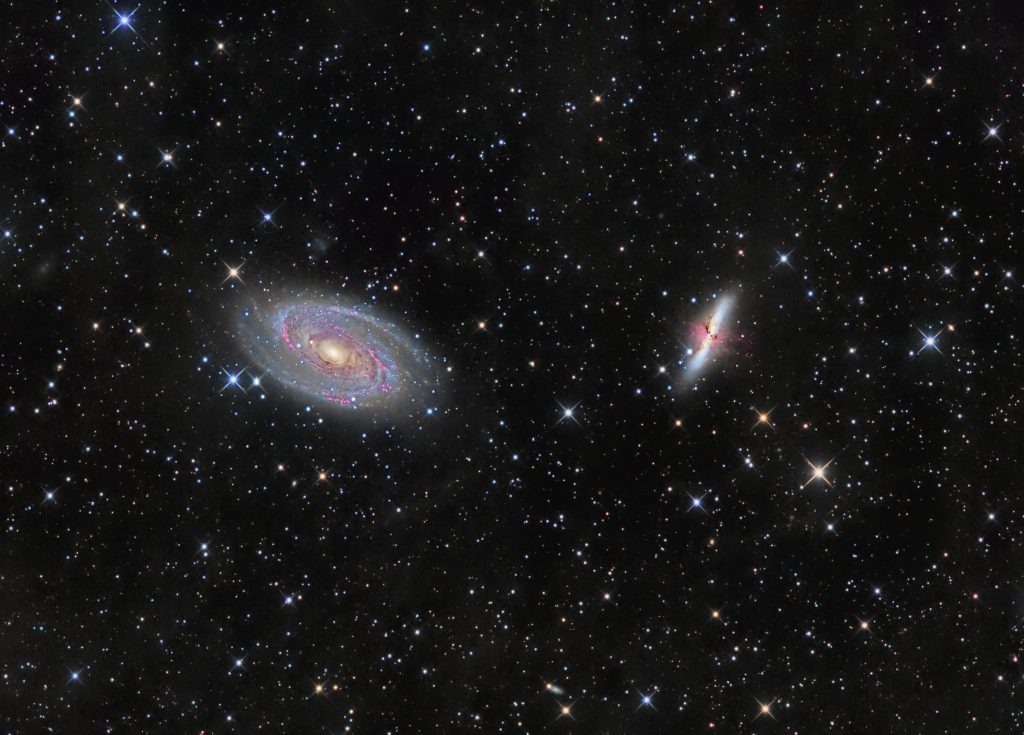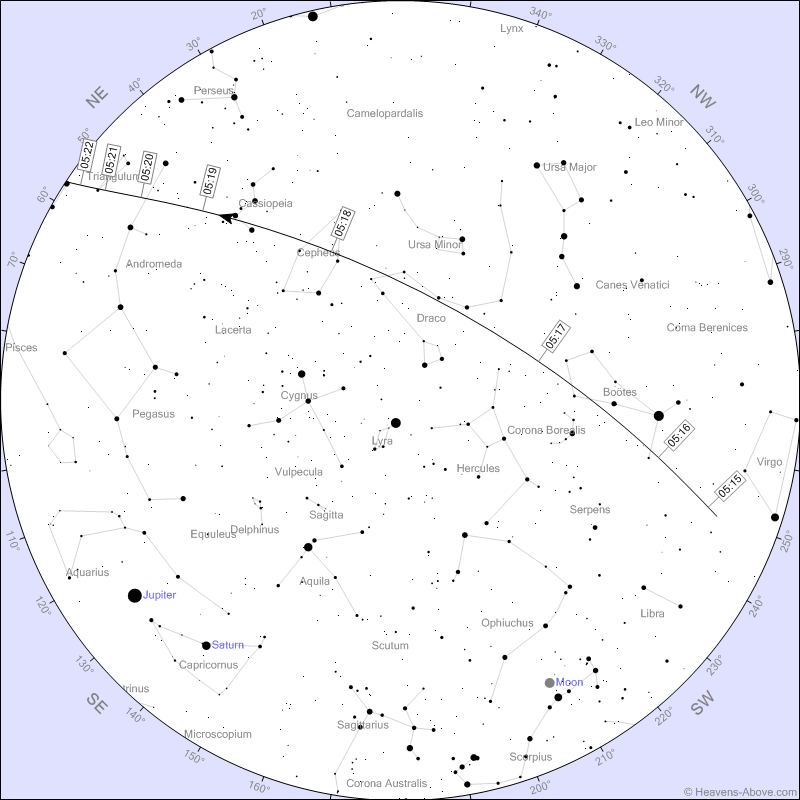Greater Toronto Area Space Station Flyovers for the week of May 23rd, 2021
As shown above, on Sunday, May 30, 2021 from 9:43 to 9:49 pm EDT, the International Space Station will fly high overhead of the GTA in an extremely bright pass, rising from the northwestern horizon near Venus and then flying past the Big Dipper before disappearing into Earth’s shadow over the east-southeastern horizon. Artificial satellites…
Read more









